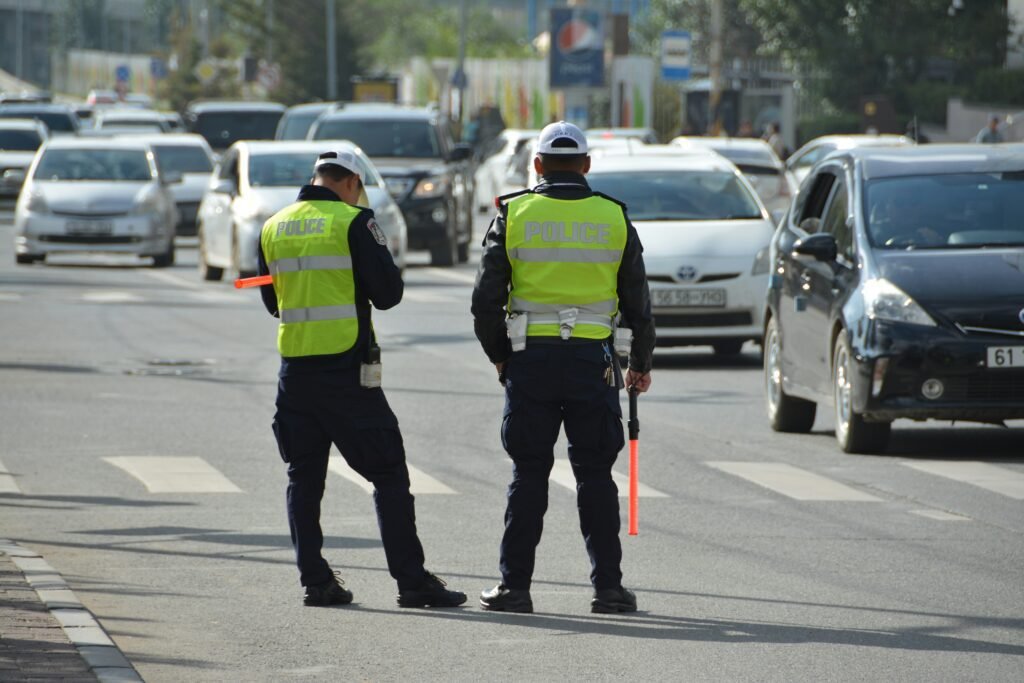By BlockAI
Introduction
The V Global crypto scam duped roughly 50,000 people in South Korea between July 2020 to April 2021. Who ran it and how did it work? Prosecutors say a bogus V Global exchange sold a fake token called V-Cash through multilevel marketing (MLM) promises of up to 300% returns. Why it mattered: victims lost over $1.4 billion, and the case pushed Korean courts to hand down fines and suspended prison terms to accomplices while the CEO received a 25-year sentence. How the scheme operated and how the justice system responded are covered below.
What happened
The V Global crypto scam operated as an apparent exchange and payment ecosystem built around V-Cash. Recruiters used multilevel marketing (MLM) tactics to bring in thousands of investors. The V Global exchange advertised guaranteed returns and referral bonuses that lured retail buyers into depositing funds. When withdrawals and trading proved impossible, victims realized they’d been trapped in a classic cryptocurrency scam.
Who was involved
Authorities named three recent accomplices — Ms. A (60), Ms. B (63), and Mr. C (57) — who received suspended prison terms and fines for their roles in the V Global crypto scam. The CEO of the V Global exchange was earlier sentenced to 25 years in prison after prosecutors proved his central role. Together the group is accused of siphoning more than $1.4 billion and victimizing about 50,000 people in the South Korea case.
Why it worked
The V Global crypto scam succeeded by combining a shiny product name, V-Cash, with aggressive MLM recruitment. Promised returns and social pressure from referral networks overcame skepticism. In many cases, victims reinvested earnings that never materialized, deepening losses. This pattern mirrors other high-yield cryptocurrency scam schemes worldwide.
Legal response
Korean courts handed down fines and suspended prison terms to accomplices to punish wrongdoing and deter future cryptocurrency scam actors. The CEO’s 25-year sentence highlights the judiciary’s tougher stance on large frauds. For coverage on enforcement trends and audit tactics in crypto, see IRS crypto surveillance and enforcement: how to avoid audits and seizures. The V Global crypto scam joins a string of cases that expose regulatory and policing gaps; related industry weaknesses are visible in other seizure and sanctions stories such as How the USDT seizure tied to Iranian drone program exposes sanctions gaps.
Aftermath for victims
Victims of the V Global crypto scam face long recovery paths. Many seek civil remedies, but asset recovery is complicated when funds move across borders. The South Korea case is likely to influence future policy, from tighter AML checks to stricter oversight of multilevel marketing (MLM) models tied to crypto products.
Takeaway
The V Global crypto scam is a reminder that high promised yields and referral pressure are common red flags. Investors should verify exchange licenses, on-chain provenance of tokens like V-Cash, and the legitimacy of any high-return offers before depositing funds. Courts are signaling stricter penalties, but prevention remains the first line of defense.
Frequently asked questions about V Global crypto scam (faq)
Q: what was the main asset in the V Global crypto scam?
A: The scheme centered on a token called V-Cash, promoted via the V Global exchange and MLM recruitment.
Q: how many people were affected?
A: About 50,000 victims were reportedly defrauded in the South Korea case.
Q: how much money was lost?
A: Victims lost over $1.4 billion in total.
Q: what punishments were handed down?
A: The CEO received a 25-year prison sentence; accomplices received fines and suspended prison terms.
Q: when did the scam run?
A: The fraudulent activity occurred from July 2020 to April 2021.
Sources to this article
(If first-party court records or investigative reports were used, list them here.)



